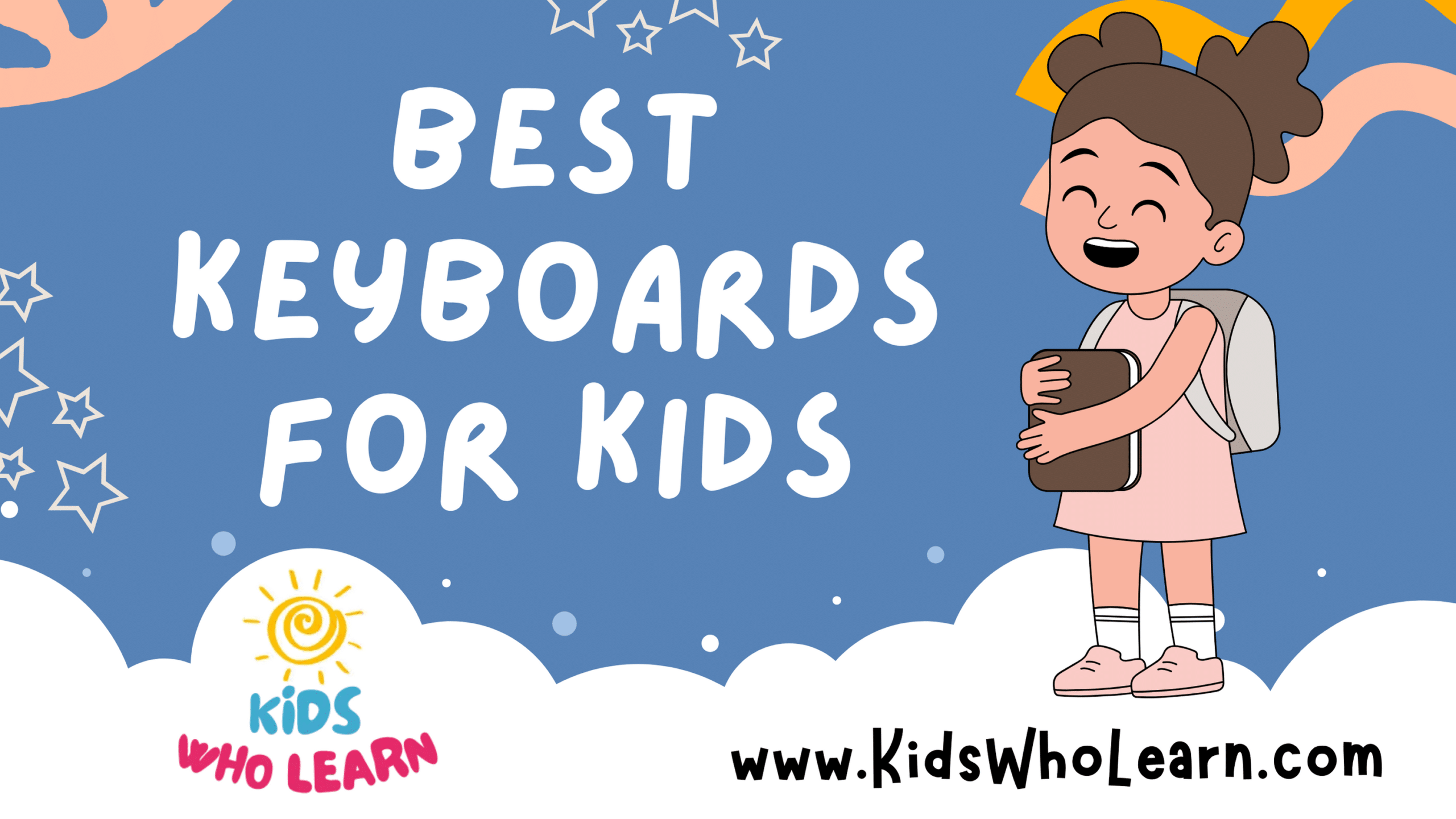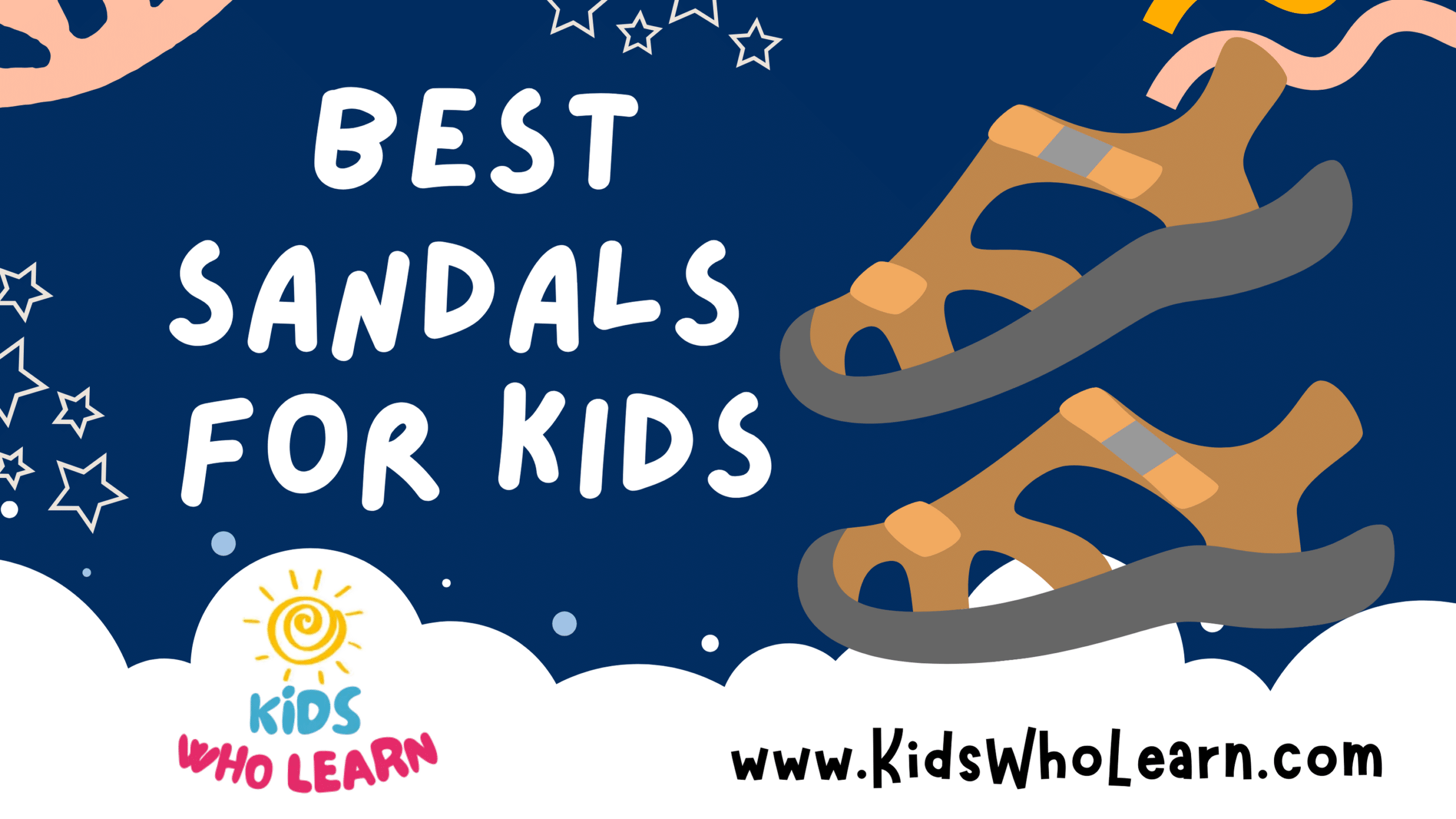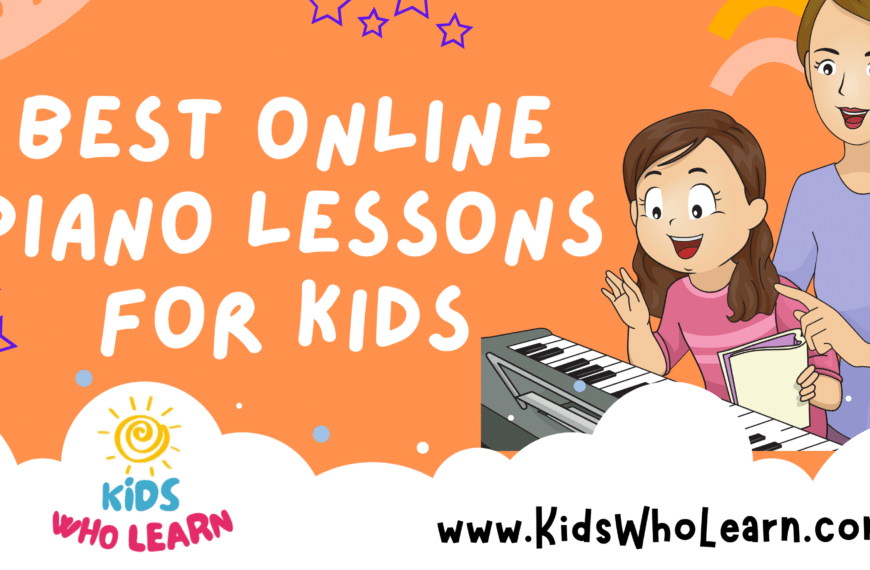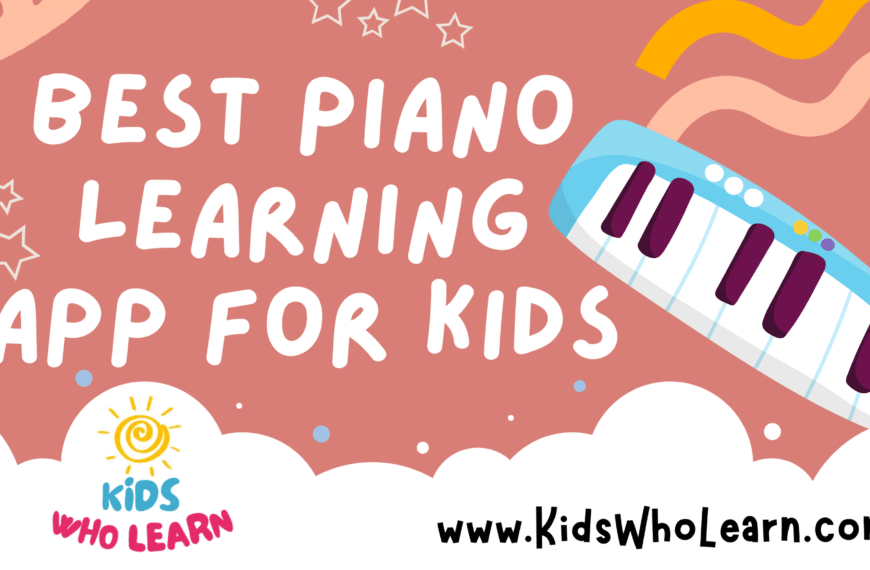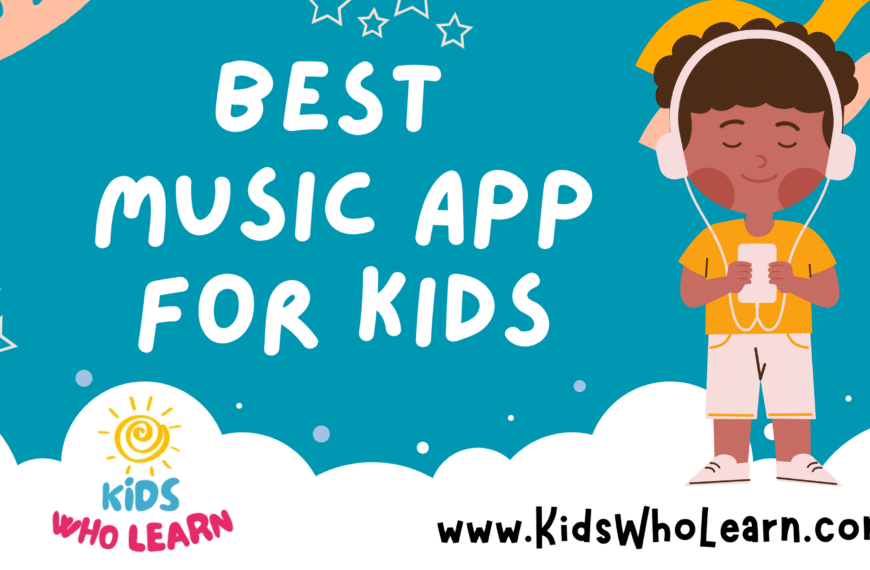Learning to play a musical instrument can significantly benefit a child’s cognitive and motor skills development. Among these instruments, keyboards have become a popular choice for children due to their versatility and the wide range of sounds they can produce. While starting on a traditional piano might be daunting for some, electronic keyboards offer a more approachable entry point for young learners. These keyboards often come with features tailored to beginners, such as built-in learning programs, lighting keys, and a variety of instrument voices that make practice sessions both educational and entertaining.
When shopping for keyboards for kids, it’s essential to consider factors such as the size of the keyboard, the number of keys, the weight of the keys, and the available teaching functionalities. A smaller-sized keyboard with fewer keys may be more suitable for younger children as it will be easier for them to reach all the keys. Weighted keys can help in the transition to playing a standard piano by simulating the touch and feel of its keys, but they may not be necessary for all beginners. Additionally, keyboards with interactive learning systems can provide a fun way to learn the basics of music theory and keyboard technique.
The build quality and durability of the keyboard are also critical, especially as children are likely to put their instruments through intense use. The inclusion of headphones outputs can be beneficial for silent practice, and USB or MIDI connectivity can be useful for using the keyboard with educational software or recording programs. Price is another important consideration, as you’ll want a keyboard that offers good value for money while still meeting your child’s educational needs.
In choosing the best keyboard for a child, we balance the desired features with the instrument’s practicality and longevity. This ensures that the keyboard not only captivates the child’s interest but also supports their musical journey effectively. With the right keyboard, children can enjoy making music while developing their skills, paving the way for a lifetime of musical enjoyment and learning. Let’s explore the top keyboards on the market today that meet these criteria.
Top Keyboards for Kids
Our roundup of the finest keyboards for kids is tailored to help young ones engage with technology safely and enjoyably. We’ve selected models that are not only durable and easy to use but also come with features that enhance the learning experience. Whether your child is just starting to explore music or needs a kid-friendly peripheral for their computer, our list includes options for every interest and skill level.
Pyle Beginner’s Keyboard
In choosing the Pyle PKBRD6111, you’ll find a keyboard that’s well-suited for new learners, offering functionalities that both entertain and educate.
Pros
- Integrated lesson functions aid in learning
- Rechargeable battery adds convenience for portability
- Includes a wired microphone for singing along
Cons
- Sound quality may not satisfy more experienced players
- Keys are smaller than standard pianos, which could be a transition issue later on
- Some users report issues with playing multiple notes simultaneously
Finding the right keyboard for kids can be a bit of a quest. The Pyle PKBRD6111, with its learner-focused features, strikes a balance between a playful toy and a legitimate instrument. Its built-in speakers and preset tones make it a multifunctional tool for those just starting their musical journey.
We appreciate the portability this piano offers; the rechargeable battery means music can go wherever the child goes. Its ease of use encourages regular practice, facilitating constant improvement in a fun, unpressured environment.
However, we must consider the limitations of this Pyle model. While it works wonders for beginners, those with more experience or those who require a fuller, richer sound might need to look elsewhere. It’s an appropriate initial step into music but may not serve well into intermediate stages.
In conclusion, we recommend the Pyle PKBRD6111 for young, aspiring musicians. Its user-friendly design supports the fundamentals of music learning while the added features like drum pad and microphone ensure the process remains enjoyable.
Starfavor Beginner Keyboard
Let’s guide our young musicians towards an exciting musical journey with the Starfavor 61 Key Electronic Keyboard, offering features that make it a fantastic starting point.
Pros
- Comprehensive functionality for newcomers
- Engaging with its variety of sounds and rhythms
- Compact and easy to take on the go
Cons
- Only suitable for beginners
- Sound may not satisfy advanced ears
- Limited to 61 keys, less than a full-size piano
Considering the needs of a beginner, we find that this keyboard strikes a great balance between usability and features. The 61 keys are plenty for little fingers to explore, and with 100 tones to choose from, it promises a rich experience. Moreover, the nurturing of musical skills is enhanced with the help of the built-in teaching modes.
Compactness and portability are attributes we can’t overlook. The Starfavor keyboard’s light weight and small size mean that kids can carry their musical passion with them, from room to room, or even to Grandma’s house. This can make practice sessions more flexible and far less of a chore.
Sound is crucial, and while the built-in speakers deliver clear audio, they’re also paired with headphones for those quiet practice hours, ensuring peace in the household. Yet, let’s be realistic—the sound quality, while excellent for starters, may not impress the more mature ear accustomed to high-end models.
When it comes to durability and lasting appeal, it’s tailored for the beginner’s curve. This level of investment is sensible for parents who aren’t sure if their child’s interest in music will be fleeting or a lifelong love affair.
With our expertise, we feel confident recommending the Starfavor 61 Key Keyboard to families starting their musical explorations. Its mix of ease, educational features, and portability make it a valuable tool for musical beginners.
TOQIBO 37-Key Kids Piano
We recommend the TOQIBO 37-Key Kids Piano for young music aficionados looking for a diverse and engaging musical toy that doubles as an educational tool.
Pros
- Packed with a variety of tones, rhythms, and demo songs for creative exploration.
- Encourages musical skill development and hand-eye coordination through interactive features.
- Flexible power options with USB charging or battery operation for portability.
Cons
- The sound is only emitted from the left speaker, which might affect the stereo experience.
- The keyboard’s build reflects its budget-friendly nature, potentially impacting durability.
- Limited to 37 keys, which may constrain advanced learners as they grow.
When searching for the ideal musical toy for kids, we prioritize instruments that capture a child’s imagination while fostering developmental skills. The TOQIBO 37-Key Kids Piano rises to the occasion with a suite of sounds and features designed to stimulate a young learner’s creativity. With various tones, rhythms, and built-in songs, kids can enjoy hours of musical experimentation. Additionally, this keyboard promotes educational value by encouraging the understanding of music theory and fine motor skills, making it more than just an entertainment device.
The ease of use is a fundamental aspect of any children’s product, and the TOQIBO keyboard impresses with its record and playback functions, allowing for instant musical gratification. Kids have the joy of recording their creations and sharing them, which is a meaningful step in the musical education journey. This playful approach serves as a stepping stone for children who display an eagerness to express themselves musically.
However, it’s important to set expectations accurately. The TOQIBO piano has a mono output from the left speaker, not offering a full stereo sound that some might seek. It’s built with a budget in mind, so while accessible, it may lack the sturdiness found in higher-end models. And as kids grow, a 37-key keyboard will eventually limit their ability to play more complex music, directing them towards full-sized instruments in the future. Despite these considerations, the TOQIBO piano stands out as an engaging and educational starting point for children venturing into music.
Love&Mini Kids’ Piano
We believe this charming keyboard is a solid choice for young children who show an interest in music, offering fun interaction with sound and rhythm.
Pros
- Specially designed to be child-friendly with its appealing color and 31-key layout
- Includes a microphone and stool, enhancing the overall play experience
- Comes with a support rod to prop open the piano lid, mimicking a real grand piano
Cons
- Limited to 31 keys, which may not suffice as children grow and improve
- Powered by batteries, which could mean frequent replacements depending on usage
- The microphone’s functionality may be inconsistent, as reported in some reviews
Fostering a love for music in children from a young age can be wonderfully beneficial. The Love&Mini Piano, with its delightful design and cheerful color, is a toy that combines entertainment with education, potentially sparking a lifelong appreciation for the piano. Its compact size, at roughly 13.58 x 11.81 x 20.67 inches, makes it apt for small hands and suitable for the limited space in a child’s play area.
Encouraging creative play is vital, and having a variety of functions and volume control allows for a diverse musical experience. While it’s geared towards the younger audience, the inclusion of a microphone and volume control provides elements of realism that can make a child feel like a true musician. However, the dependability of the microphone could be a concern based on some users’ feedback, suggesting it may sometimes be a hit or miss.
Moreover, we respect that this product is not a one-size-fits-all solution. The 31-key scale of the keyboard can limit the range of music that can be played, which might not be ideal as the child’s skills advance. Additionally, battery operation might necessitate regular battery changes. Nevertheless, for kids who are just dipping their toes into the world of music, these limitations are often overshadowed by the joy and engagement the Love&Mini Piano provides.
Raimy Silver Keys for Kids
We believe this Raimy Kids Piano Keyboard offers a good balance between fun features for playtime and educational value for learning music.
Pros
- Designed with safety in mind featuring eco-friendly materials and smooth edges.
- Offers both battery and USB power supply options for easy portability.
- Equips beginners with a multitude of features like recording, various sounds, and demo songs to enhance musical exploration.
Cons
- At a 3.9-star rating, some users may have concerns about overall satisfaction.
- Sound quality might not meet the expectations for some parents or kids.
- Potential frustration due to absence of instructions, particularly for setting up or operating the advanced features.
Finding the right keyboard for our little ones can strike a chord between educational development and joyous entertainment. Safety is paramount when it comes to children’s products, and the Raimy Keyboard ensures that with its eco-friendly and secure design. A creative suite of rhythms, tones, and demo songs can spark inspiration in aspiring musicians, making the learning process thorough yet exhilarating.
Versatility is vital, and the dual power supply of this keyboard allows us to keep the harmony going whether at home or on the go. The portable nature of the Raimy Kids Piano encourages musical exploration no matter the location. Plus, it’s easy on the fingers, customized to suit smaller hands, helping children to comfortably develop their piano skills.
However, we must strike a balance in our expectations. Every product has its limitations and the Raimy Keyboard, while full of features, has occasionally hit a sour note with some users regarding its sound quality. The lack of instructions can lead to early dissonance in the experience. Nevertheless, for those seeking an affordable and feature-rich entry-level keyboard for children, it has the potential to be an excellent starting point on their musical journey.
BAOLI Kids Piano
Our verdict is the BAOLI 49 Keys Kids Piano Keyboard bridges educational content with enjoyable play, excellent for children exploring music for the first time.
Pros
- Engages kids in learning and creativity with its diverse instrument sounds and demo songs.
- Safe and durable design tailored for young children’s use.
- Encourages singing with the included microphone, enhancing the fun.
Cons
- Sound quality may not meet every expectation, particularly regarding the microphone.
- Some packages have had missing parts upon delivery, though the issue seems to be promptly resolved by the supplier.
- Limited features compared to more sophisticated keyboards, may not grow with the child’s developing skills.
When looking for a musical toy that’s educational and entertaining, the BAOLI Kids Piano strikes a chord. Its selection of rhythms and instruments is impressive, allowing children to discover a variety of sounds and kickstart their musical journey. The piano is a great starting point for enhancing hand-eye coordination and fostering a love for music, with keys that light up to guide little ones through songs.
Durability and safety are critical, and this piano delivers, made with non-toxic materials and designed with young users in mind. Its robust build withstands vigorous play, ensuring the piano remains a reliable source of enjoyment. The volume and tempo controls are a thoughtful addition, allowing us to tailor the music to the environment and to our children’s preferences.
The fun doesn’t stop with just playing; with the microphone, kids can sing along to tunes or even record and playback their compositions. While the sound quality isn’t professional grade, it’s sufficient for children who are more focused on the joy of making music than on perfect tonality. Despite a few reports of missing accessories, the customer service seems to be proactive in addressing these issues, which is reassuring for us as purchasers. Considering its purpose as a toy and an introductory instrument, the BAOLI Kids Piano offers a well-rounded experience for budding musicians.
M SANMERSEN Kids Piano
We think this charming keyboard is an inviting starter instrument for young music enthusiasts, balancing features and playability.
Pros
- Offers a variety of sounds and rhythms to stimulate creativity
- Dual power supply enhances its portability for on-the-go play
- Comes with a microphone, adding an extra layer of fun for aspiring singers
Cons
- Only the left speaker functions, limiting stereo sound experience
- The build might feel a bit flimsy and not as durable as some would prefer
- Microphone quality and durability could be better
Children’s foray into music should be filled with engaging experiences, and this M SANMERSEN piano can do just that. Its spectrum of sounds—from instruments to animal calls—encourages exploration and intertwined play with learning. This encourages key developmental skills such as hand-eye coordination and auditory recognition.
We appreciate the thoughtful design aimed at small fingers, making it more than just a toy; it’s a tool for musical growth. The light and portable build empower kids to take their show on the road, so their music can be a source of joy at playdates and family gatherings alike.
Every product has its drawbacks, however, and while imperfect, this keyboard offers a taste of musical expression that is well-suited to the youngest musicians. Even with its mono sound and a microphone that may not face up to the demands of a rigorous popstar performance, the fun factor remains high. Overall, it can be an excellent stepping stone to spark a lifelong love of music.
Buying Guide
When selecting the best keyboard for kids, it’s essential to focus on certain features that contribute to a positive learning experience and usability for children. We’ll guide you through key aspects to consider.
Key Size and Spacing
- Standard vs. Mini: Keyboards come in varying sizes. For smaller hands, mini keyboards with appropriately spaced keys can prevent strain and encourage correct finger placement.
Durability
- Construction: We advise looking for a keyboard built to withstand rough usage as kids can be less careful with electronics.
- Water Resistance: Spill-proof keyboards are beneficial, considering potential accidents during use.
Connectivity
- Wired vs. Wireless: Decide based on the desired setup and convenience. Wireless keyboards offer portability, while wired ones provide constant connectivity without the need for batteries.
Comfort and Ergonomics
- Ergonomic Design: To maintain comfort during extended use, ergonomic features should be taken into account.
- Adjustable Stands: Tilt options can help find an optimal angle for wrist health.
Learning Features
- Colored Keys: Color-coded keys can facilitate learning by distinguishing different sections of the keyboard.
- Programmable Keys: Some keyboards offer programmable keys that can be customized to aid in the learning process.
Visual Appeal
- Design and Color: Aesthetic appeal can make the keyboard more engaging for children.
| Feature | Details | Benefit |
|---|---|---|
| Key Size and Spacing | Mini keyboards, standard spacing | Comfort for small hands |
| Durability | Robust materials, water resistance | Longevity and accident-proofing |
| Connectivity | Wired/Wireless | Setup convenience and portability |
| Comfort and Ergonomics | Ergonomic features, adjustable stands | Comfort and prevention of strain |
| Learning Features | Color-coded and programmable keys | Enhanced learning and usage flexibility |
| Visual Appeal | Engaging design and colors | Increased interest in keyboard usage and learning |
Remember, the right keyboard can significantly impact a child’s comfort and their enthusiasm for learning. Keep your child’s habits and preferences in mind as you weigh these features.
Frequently Asked Questions
Choosing the best keyboard for kids involves assessing several important factors to ensure their learning experience is both enjoyable and effective.
What factors should be considered when choosing a keyboard for a child beginner?
When selecting a keyboard for a child beginner, we consider the instrument’s size, the number of keys, the key action, and the inclusion of learning aids. It’s important to find a balance between a child-friendly interface and a realistic piano feel to facilitate a smooth learning curve.
At what age is it appropriate to introduce a child to a music keyboard?
We find that children as young as three years old can start exploring a music keyboard. However, structured learning typically begins around the ages of 5-7 when they have developed better motor skills and can focus for longer periods.
Are there specific keyboard features that enhance learning for children?
Yes, certain features, such as light-up keys, built-in lessons, and a variety of sounds, can greatly enhance the learning experience for children. These aid in developing musical interest and understanding while making practice fun and engaging.
How does a child’s age affect the choice of keyboard size and function?
A child’s age influences the size of the keyboard we recommend, with younger children benefiting from smaller key sizes and fewer octaves. As a child grows and their skills develop, a full-sized keyboard with weighted keys and advanced functions can be more appropriate.
Can learning keyboards for children also be used by adult beginners?
Learning keyboards designed for children can indeed be used by adult beginners. While these models are often smaller and simpler, they still provide the fundamental features necessary for learning the basics of keyboard playing.
What added benefits do headphones provide when children are practicing on keyboards?
Headphones are beneficial because they allow for quiet practice, which can be especially helpful in shared living spaces. They also provide a focused, immersive experience for the child, enabling them to hear their playing more clearly without external distractions.

